The Joy of X – GFX
I don’t really do excitement over cameras, they are just there to do a job. I don’t really go in for camera porn, unboxing videos or any such nonsense, frankly it bores me.
Also before I go any further I will say that I do work very closely with Fujifilm, but that doesn’t mean I just spout the PR line and be a puppet. My view here is my own, unbiased and an honest review of using a camera that I was loaned for a few days.
By now you will have all heard of the Fujifilm GFX, a 50 megapixel mirrorless medium format camera. I’m sure you’ll have seen the images of stunning quality by Wayne Johns and Damien Lovegrove plus many others.
You will have also noticed that most of these images are studio based, with excellent lighting.
I don’t do flash, I don’t really do people if I can help it, I do landscape, usually in the rain.
Also you should note I am not a pixel peeper or super techie geek, I go purely on feel and print quality. The camera has to be a subconscious extension of me, I don’t want to have to think about, feel or experience it in anyway. It can’t get in the way.
The warning from Fujifilm was “Don’t drop it or drown it!” . I smashed my X-Pro2 during testing, so they were understandably nervous of my reputation.
Given the short amount of time I was able to have to the GFX I literally set off straight to one of my favourite locations in Romney Marsh in Kent.
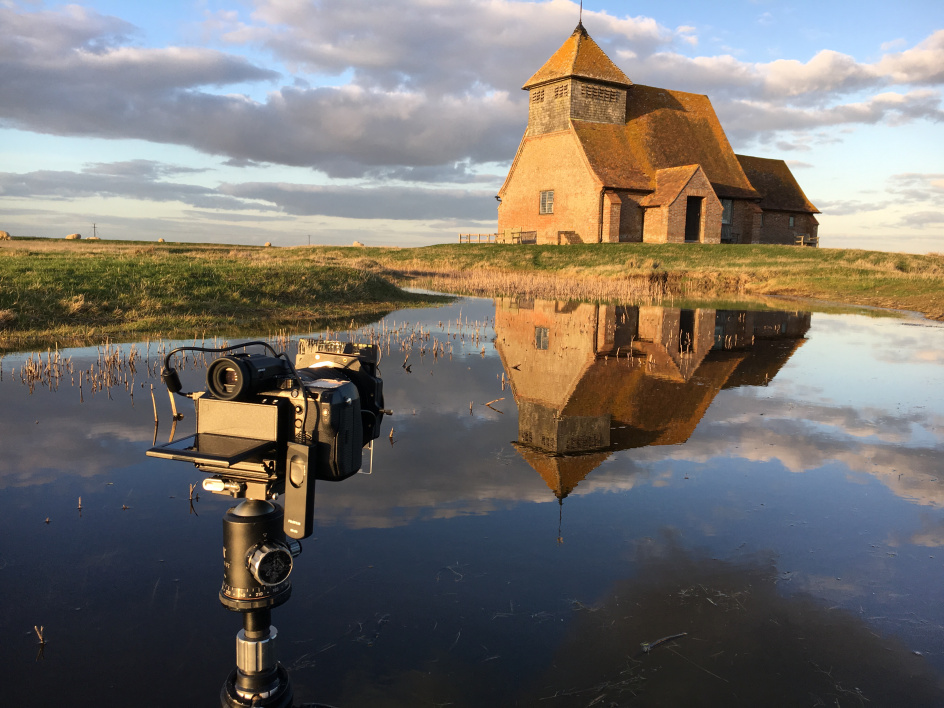
My first impression was that it was lighter and smaller than I had initially expected. The user interface is very much like every Fujifilm X-series camera.
You can add an angled viewfinder and an extra battery grip, if you so desire.
In reality I wouldn’t use the battery grip or the angled finder that both come as extras, the screen is massive, bright and very clear – plus it is touch sensitive which you can turn off. The screen also articulates in the same was as the X-T2.
In fact if you gave the X-T2 a course of steroids, you get the GFX50s. Without the battery grip it weighs the same – give or take a little bit – as the X-T2 with its battery grip.
The viewfinder that comes supplied can be removed from the hot shoe to give an even smaller profile.
The styling is nice, although in my opinion it’s not as pretty as the rest of the Fujifilm range, and some would argue that the other mirrorless medium format camera by Hasselblad is somewhat prettier, which is fair.
However the GFX has been designed to a tool, to be used and not to be put behind glass and fawned over. In the hand it feels like a Mamiya 7, which was for me the perfect medium format camera.
Speaking of hands, all the knobs, dials and buttons fall easily to the fingertips, making it quick to use and the adjustments are positive. Yes there are locks on the shutterspeed and ISO dials to stop moving them by mistake.
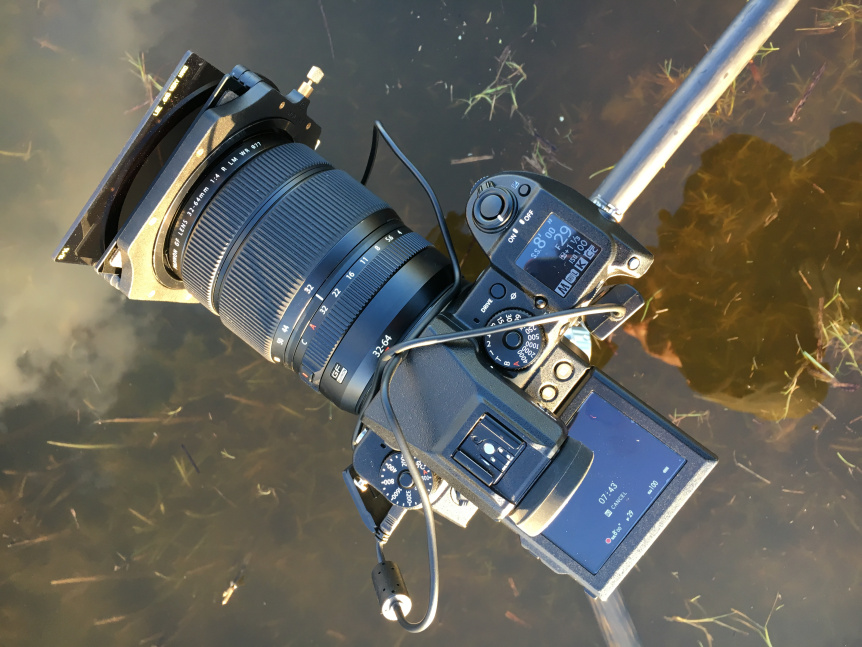
Finally Fujifilm have given us a low ISO – the GFX goes down to 100 and stretches easily up to 12800, with more if you need it.
Now the exciting bit – the shutter speeds go all the way from 1/4000 – 60 minutes, oh happy day, I worship at the feet of Mr Fujifilm and his team. Total bliss for someone like me who uses long exposure as an excuse for sitting in the sunshine!
It also has dual card slots, takes the regular RR90 cable release and shoots video too. You access the battery compartment from the side which means you don’t have to remove it from your tripod if the battery suddenly dies.
The batteries are bigger and specifically for the GFX, Fujifilm claim you’ll get 400 shots but in terms of real shooting I got two full days using long exposures before the battery died. My unscientific test included lots of reviewing images and leaving the screen on even while walking around Venice leading a workshop!
How does it fare in the rain? Well I left it outside in the rain – sorry Fujifilm – but someone had to!
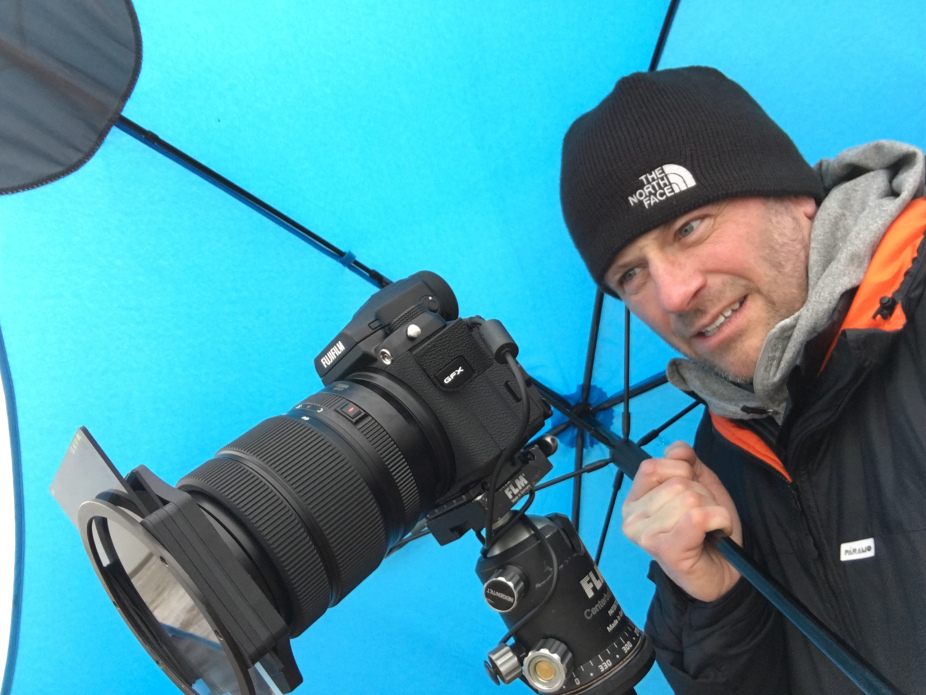
After a gentle introduction to weather (I allowed it to shelter under my Blunt Umbrella) I retired to shelter leaving the camera outside for half an hour – it worked, with no sign of leaks in the card slot, battery compartment or the cover that hides the USB sockets. All good.
The lenses I was able to use – the 32-64 zoom and the 120mm macro – were both excellent, razor sharp and both fast to focus. Frustratingly the macro doesn’t do 1:1, but there are ways around that.
The lenses also take filters in the normal way, my Lee 100mm system was perfect and no cut off was evident – although I wouldn’t expect on the 32-64 anyway.
Talking of filters, because the shutter speeds go all the way down to 60 minutes, when you attach the Big or Super stopper you can still see the image on screen which means long exposure photography just got a whole lot easier for a number of people who struggle to work out the exposure time.
I also enjoyed being able to switch aspect ratios through from a proper panoramic 6×17 to a more common 16×9, 4×3, 3×2, 1×1. The film simulations are there too for those who want the Velvia or Acros experience while shooting superfine jpegs.
Shooting at night is something I really enjoy, the GFX handled sulking around in the dark without breaking a sweat. The two images below one made at 30 seconds the other for 8 minutes have zero noise evident in the shadows, I do shoot to the right to get as much information in the shadows as possible. There is nothing muddy about the way the shadows are rendered.
In fact the quality of the prints I have made has stunned me, the detail and crispness of the images has to be seen to believed.
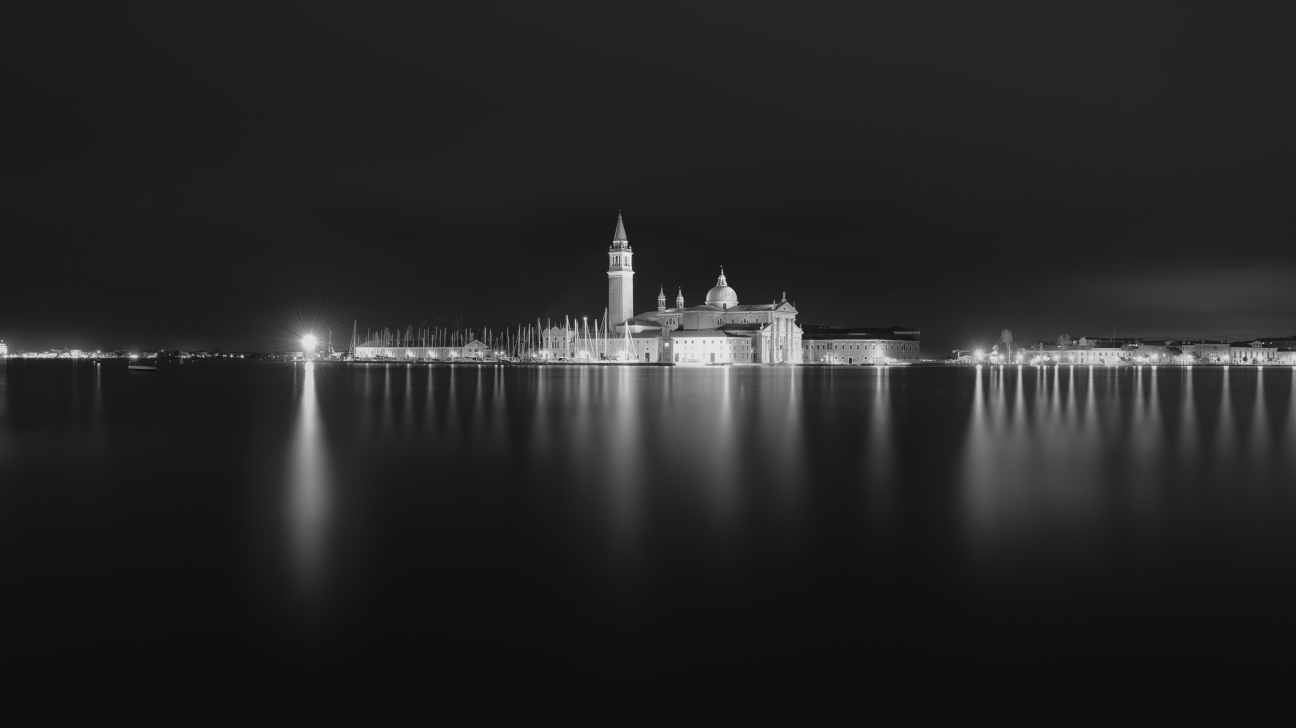
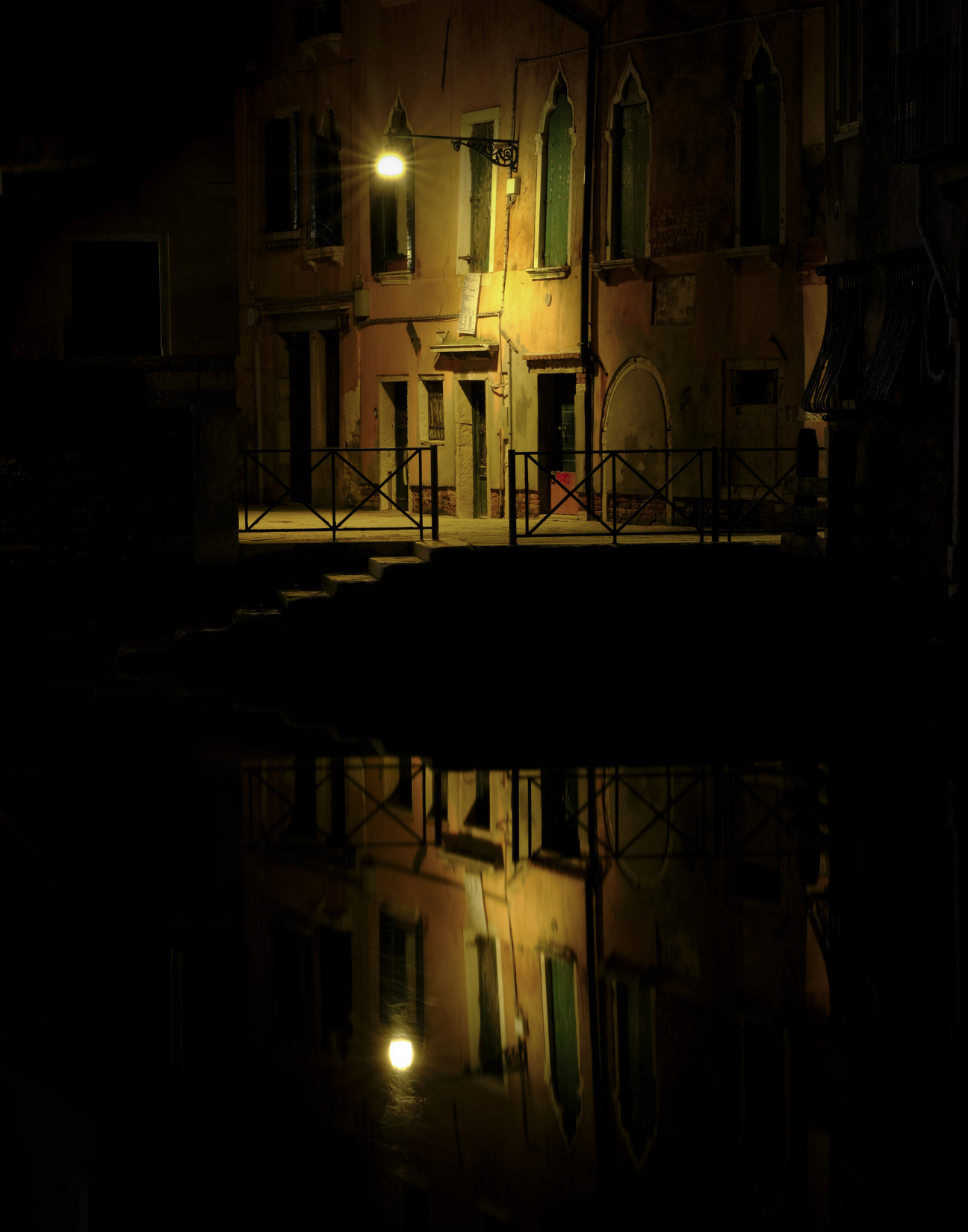
So does the bigger camera get in the way, was I conscious it was there, did it feel like a brick?
Honestly no, perhaps because I’m used to the way Fujifilm lay out their cameras the step up felt entirely natural. Strangely using the camera I slowed down even more than I usually, the larger screen made the camera seem invisible to me while I was working with it. In fact I had the biggest smile on my face and wanted to take more pictures.
As I have been an evangelist about switching to Fujifilm X-Series because of the lighter weight, it must feel like I’m being a bit contradictory. But I’m not, yes it is heavier than the current Fujifilm range, the lenses certainly are, but when compared with a DSLR the GFX still wins out, because you get a beautiful large file, housed in a relatively light compact body that doesn’t feel like you are holding a brick.
At around £6199 for the body and £2200 for the 32-64 it is going to make your pocket lighter but I have to admit that I have ordered one because for my photography, the size I reproduce my images it is a no brainer, my work is worth the investment.
Below are some images that I shot while testing the Fujifilm GFX50s.
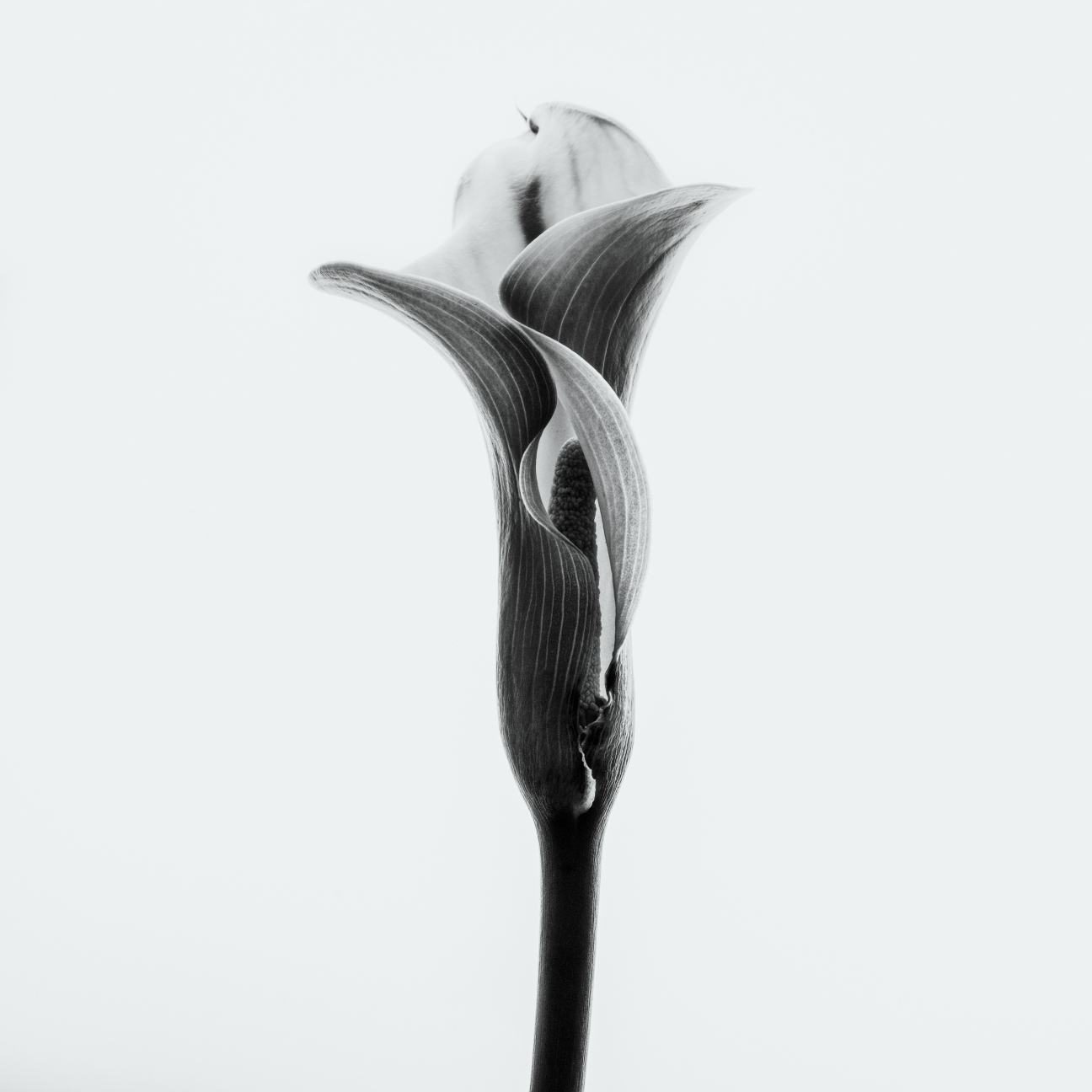
SUBSCRIBE THE FUJI X PASSION VIRTUAL MAGAZINE FOR ONLY €20/YEAR!
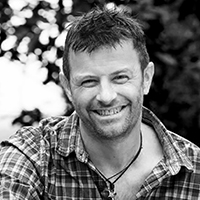
Paul Sanders is a professional landscape photographer based in the south east of England.
He started his career as a news photographer working on regional newspapers before joining International News Service Reuters in 1998. After a four years covering major news and sport stories across Europe he was recruited by The Times in London. With a clear vision of how good photography should be displayed in newspapers he was appointed as Picture Editor of The Times in 2004, guiding the visual transition from broadsheet to the more popular compact format. He left The Times in 2012 to pursue his passion for fine art landscape photography. Paul’s work reflects his emotional and spiritual reaction to the world around him. He believes that as an artist he has to have full connection with his subject. By being totally immersed in the moment his work takes on ethereal calmness. He is a Fujifilm X Series ambassador, leads workshops for Light and Land and is a judge for USALPOTY, Take a View, The Pink Lady Food Photographer of the Year as well as supplying his work to corporate clients and writing for several photography magazines.

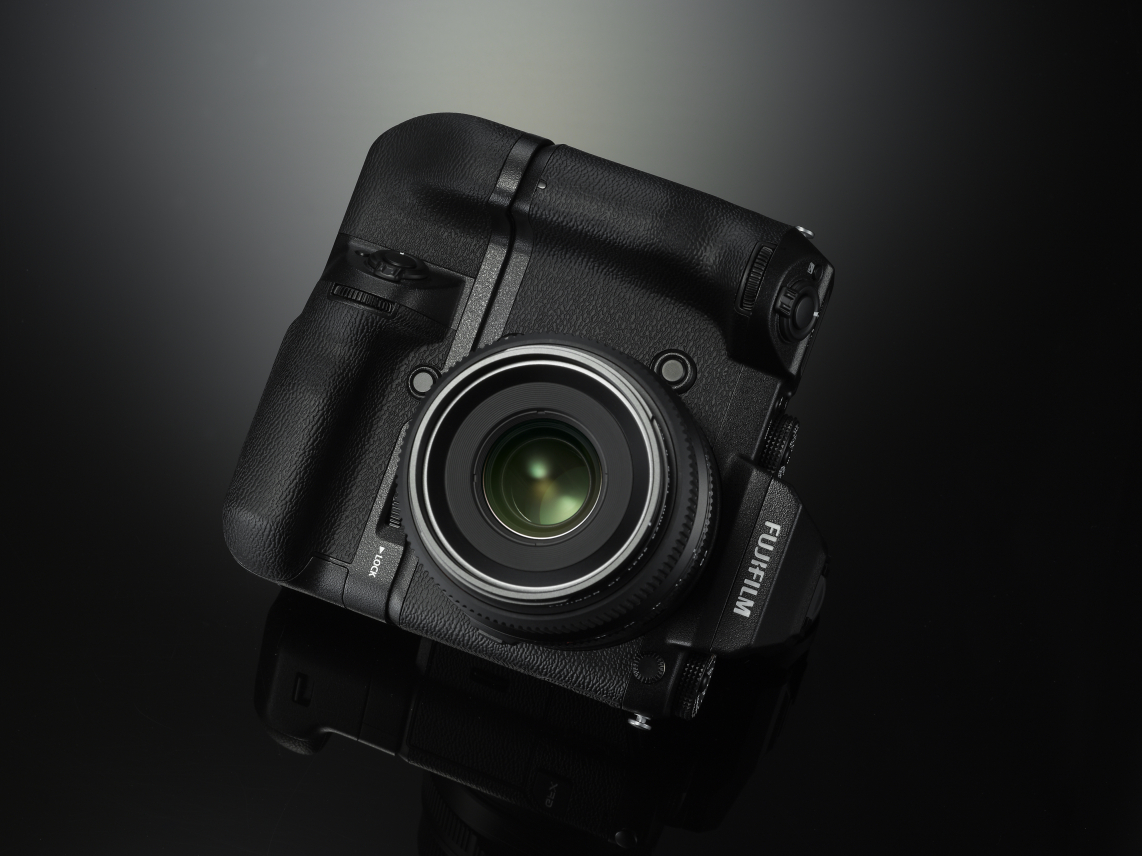
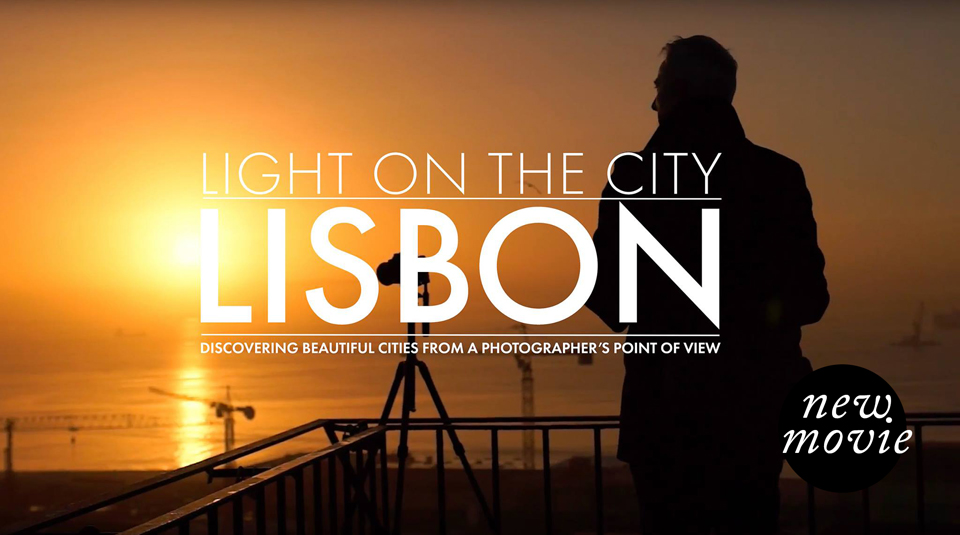
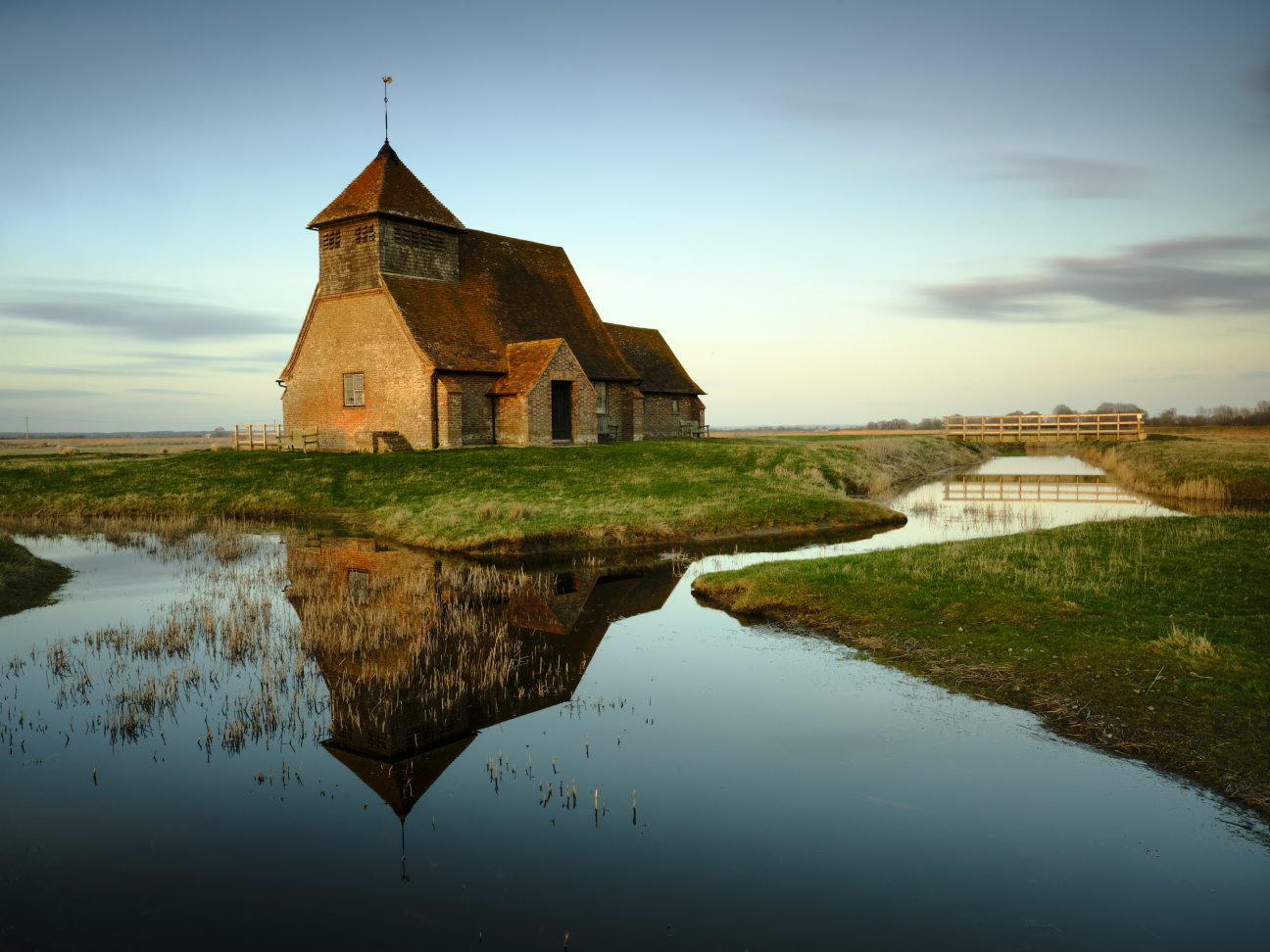
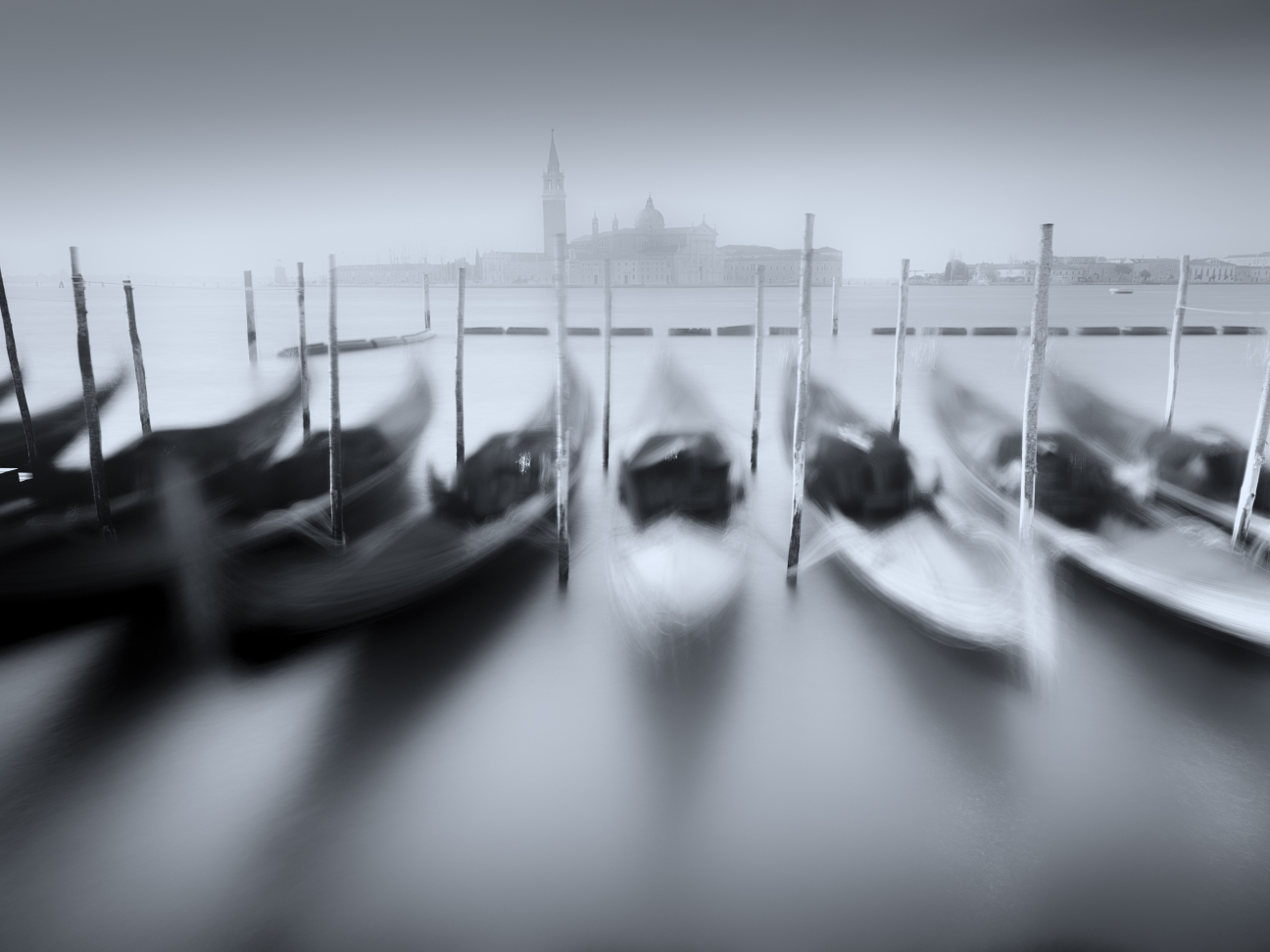
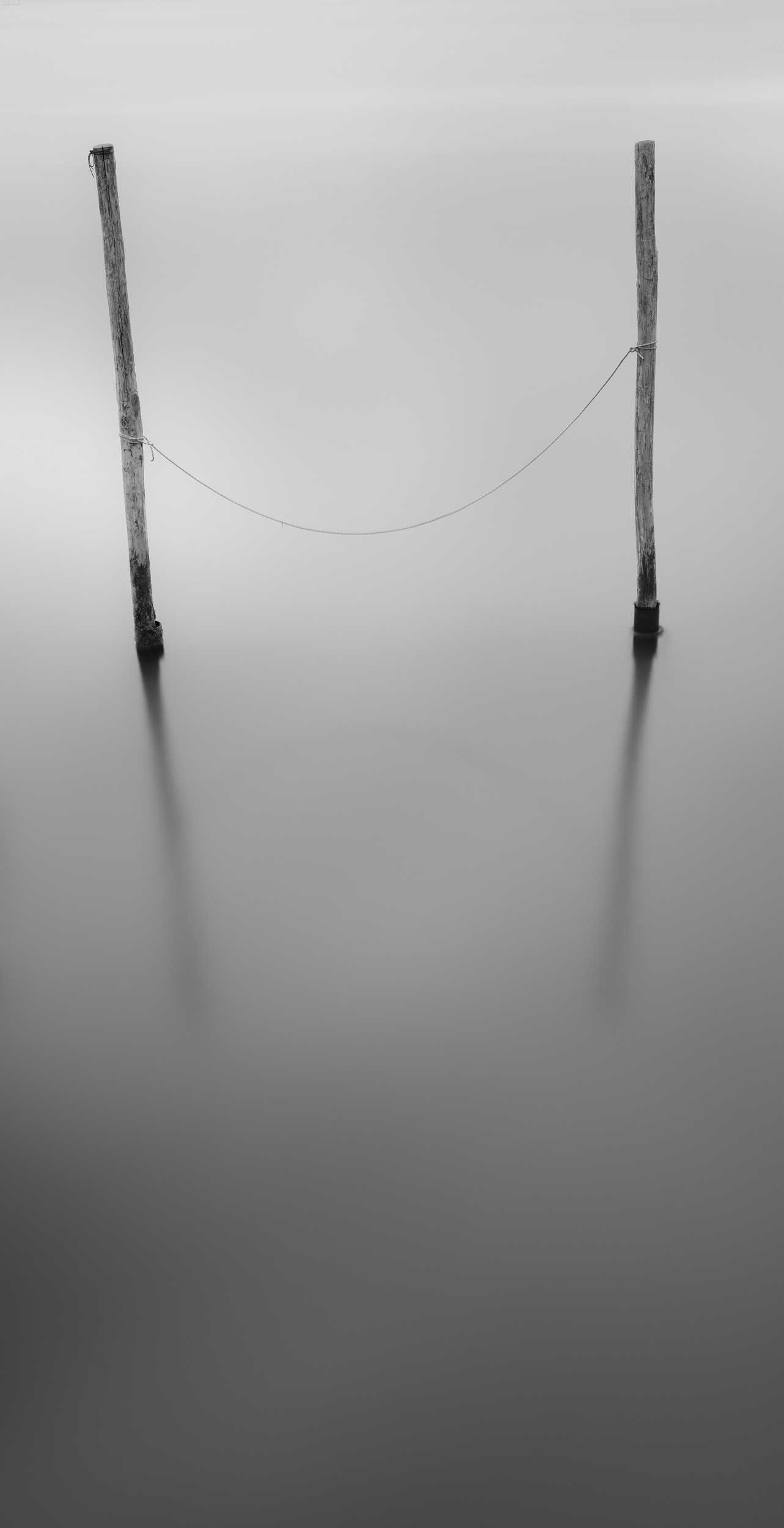
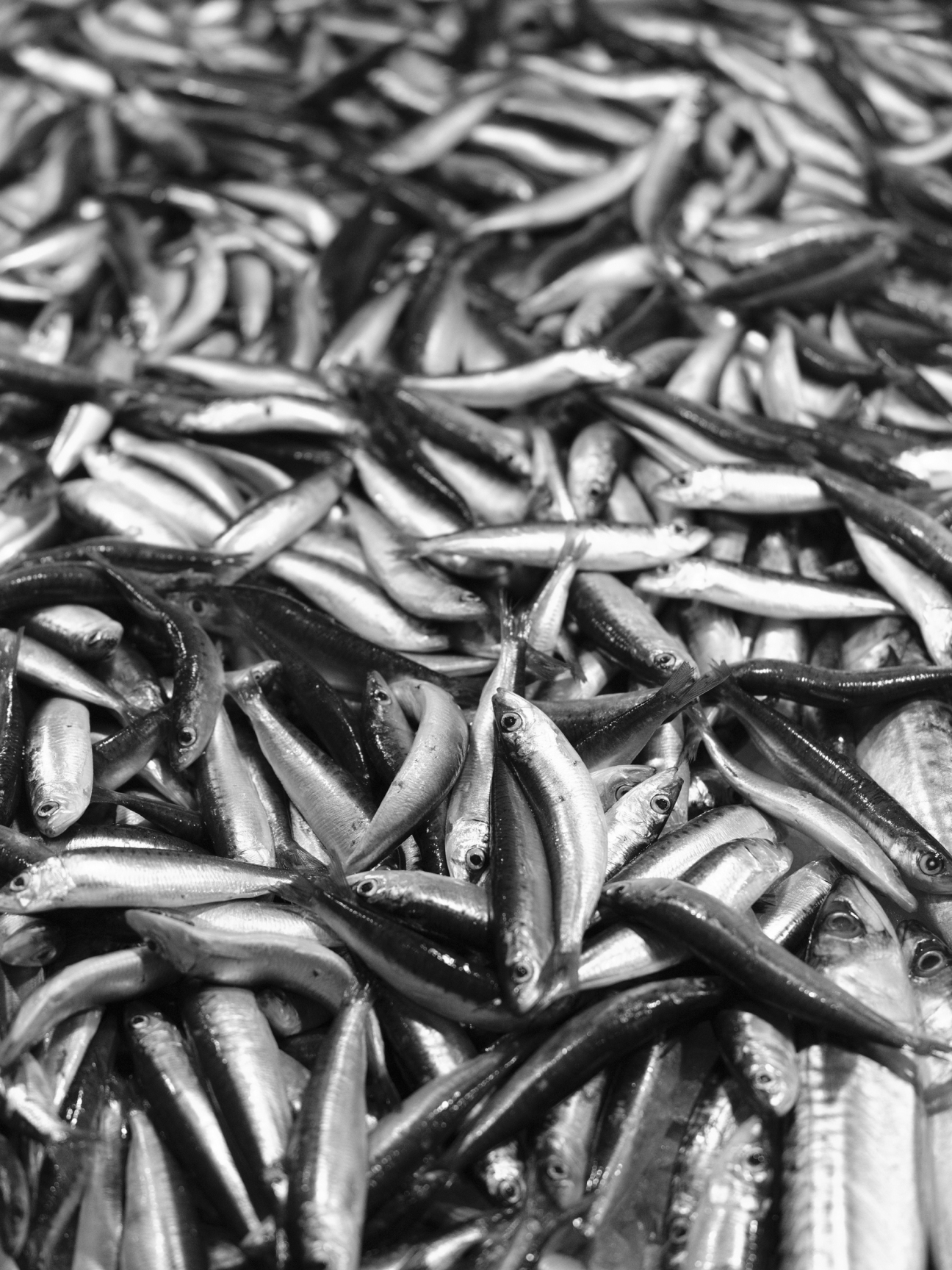
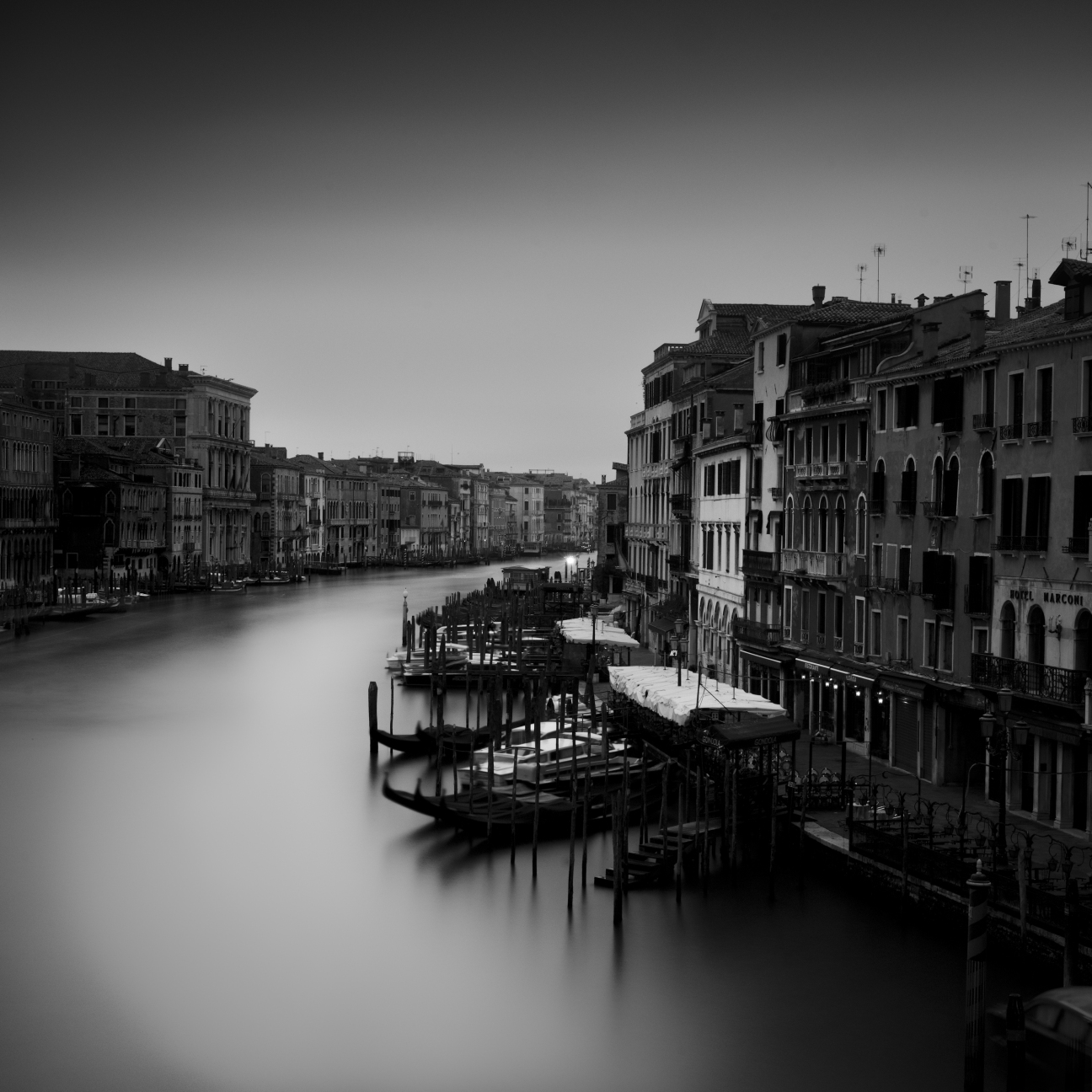
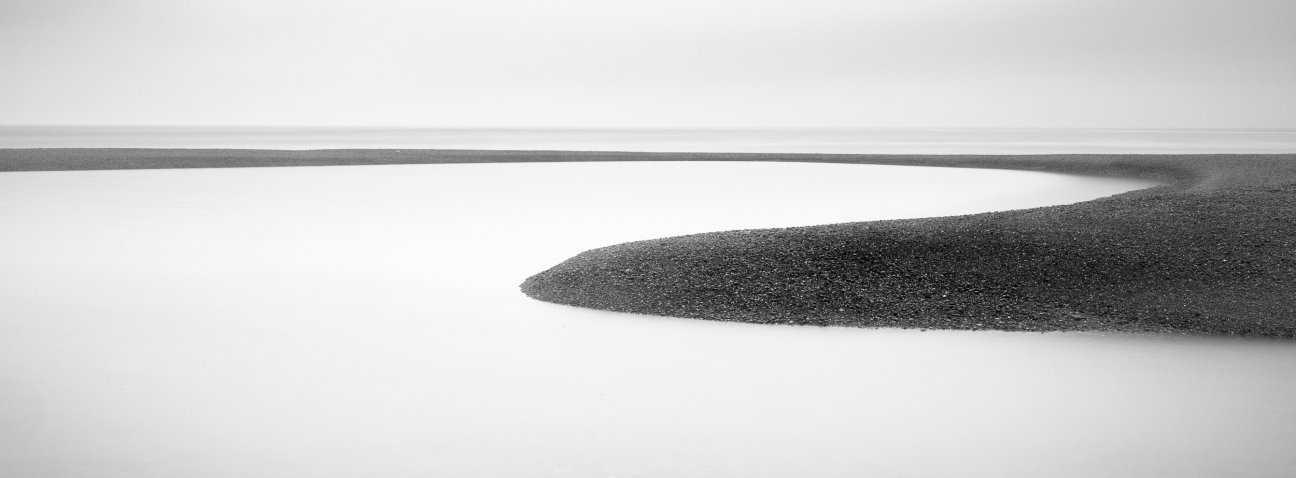
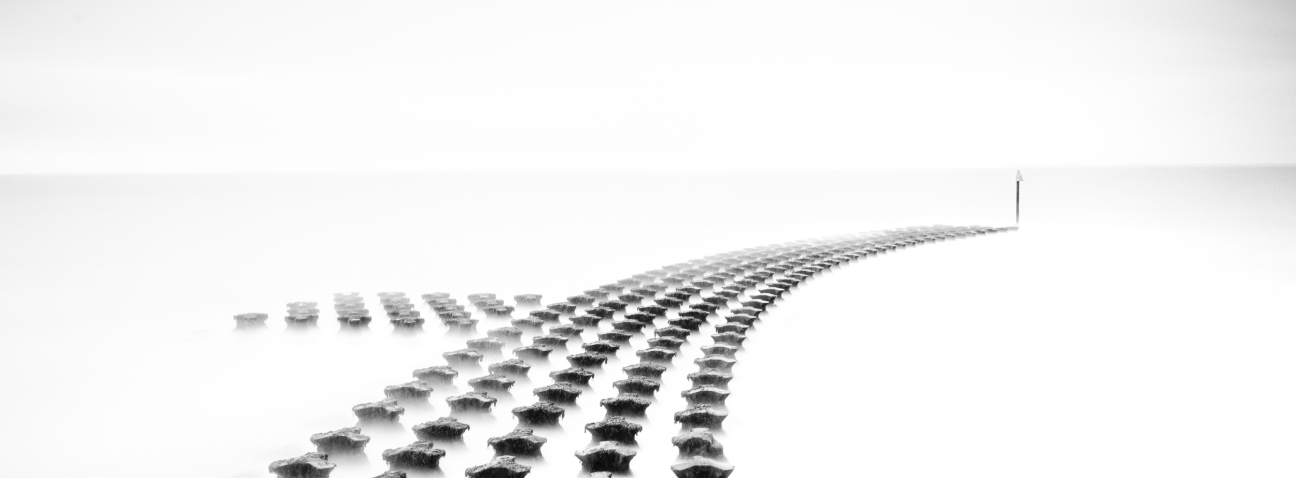

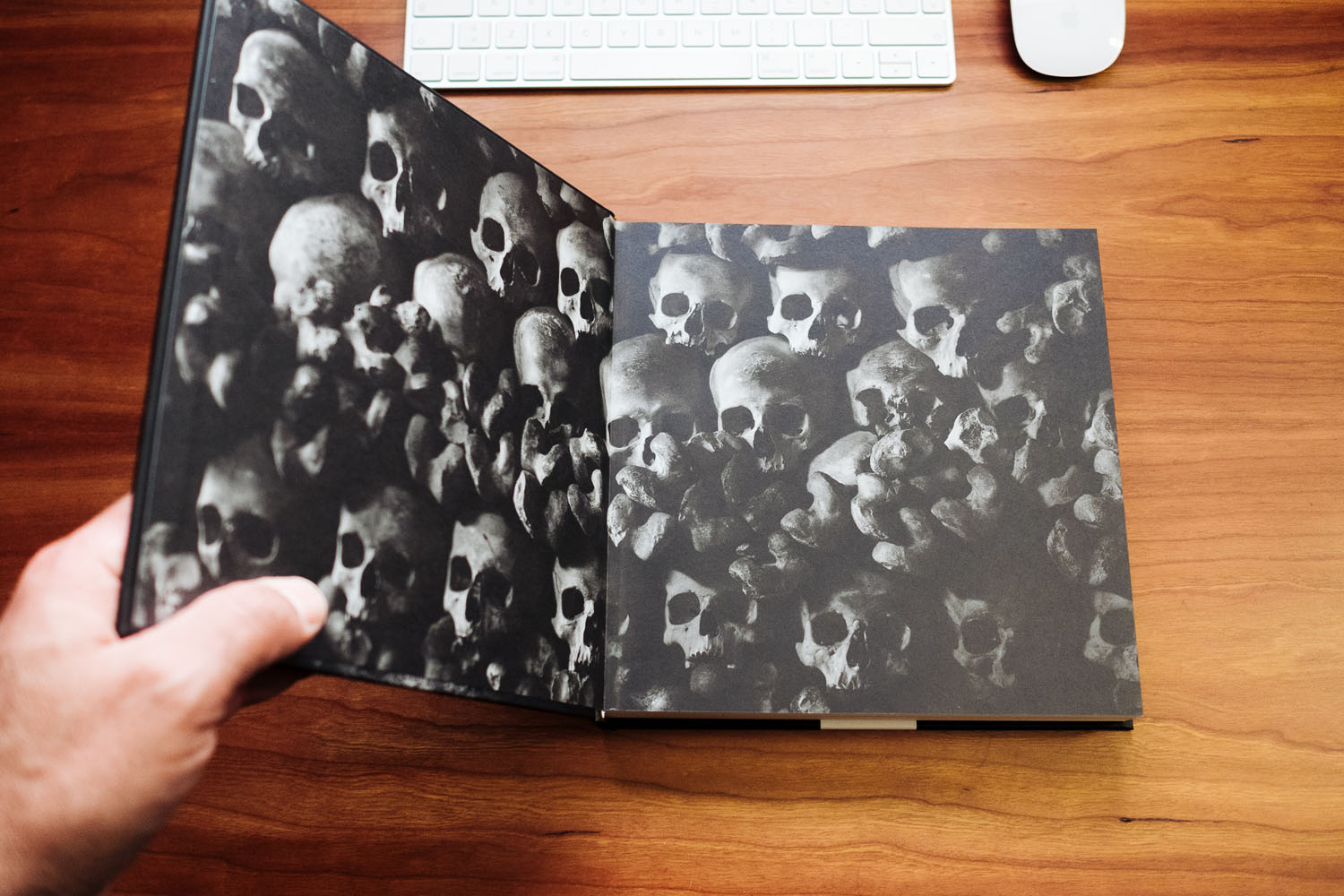
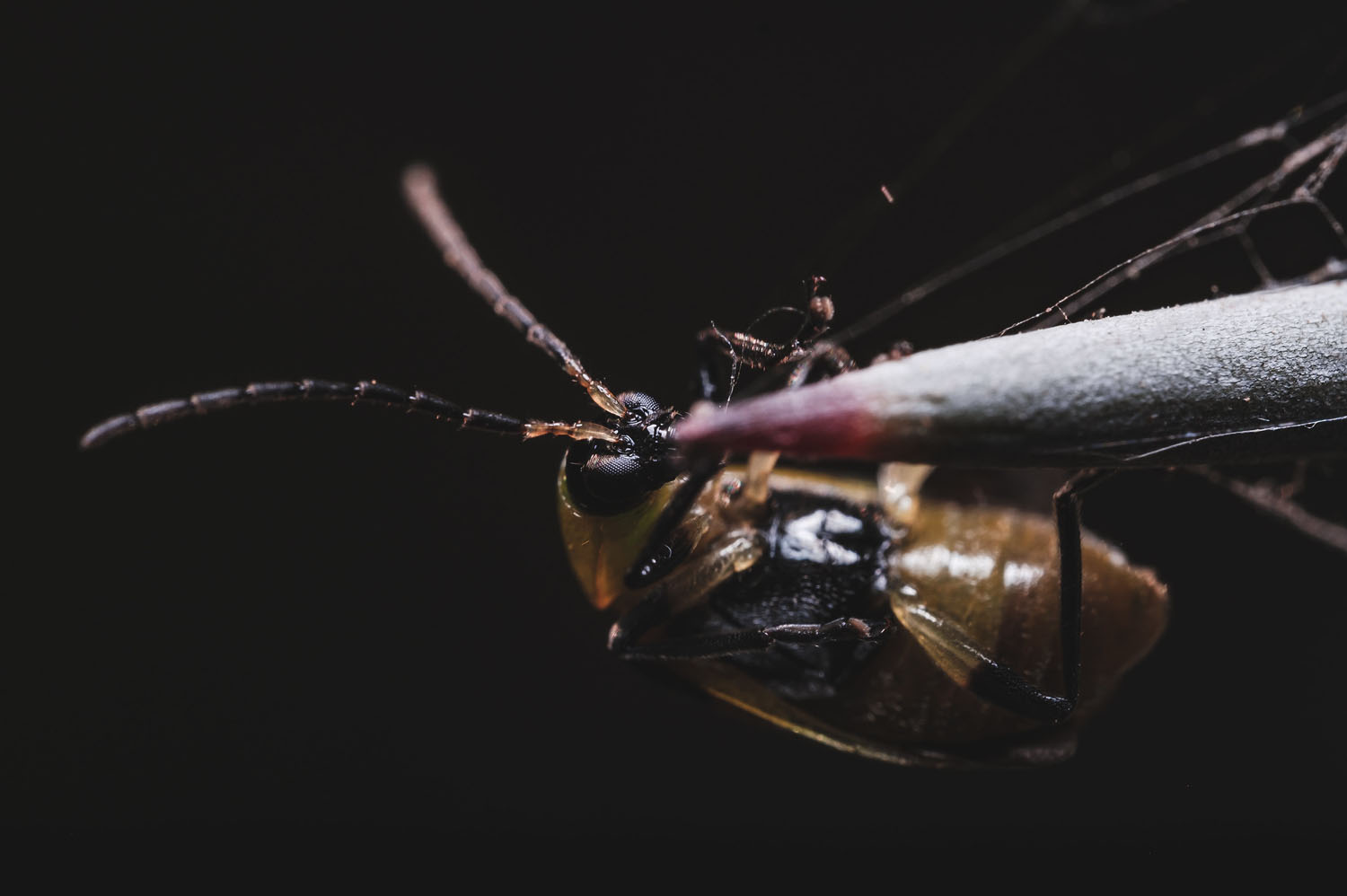
Fabien
March 31, 2017 @ 8:00 pm
It makes me even more sad that I couldn’t make it to your workshop in Venice since I knew I had to fly abroad for business. This is simply gorgeous. Cheers!